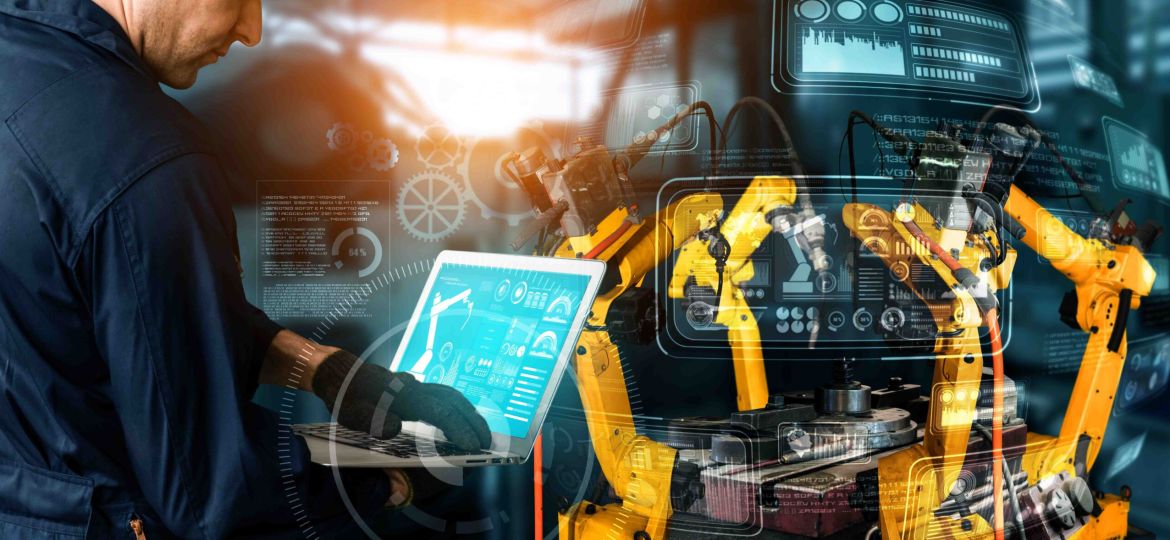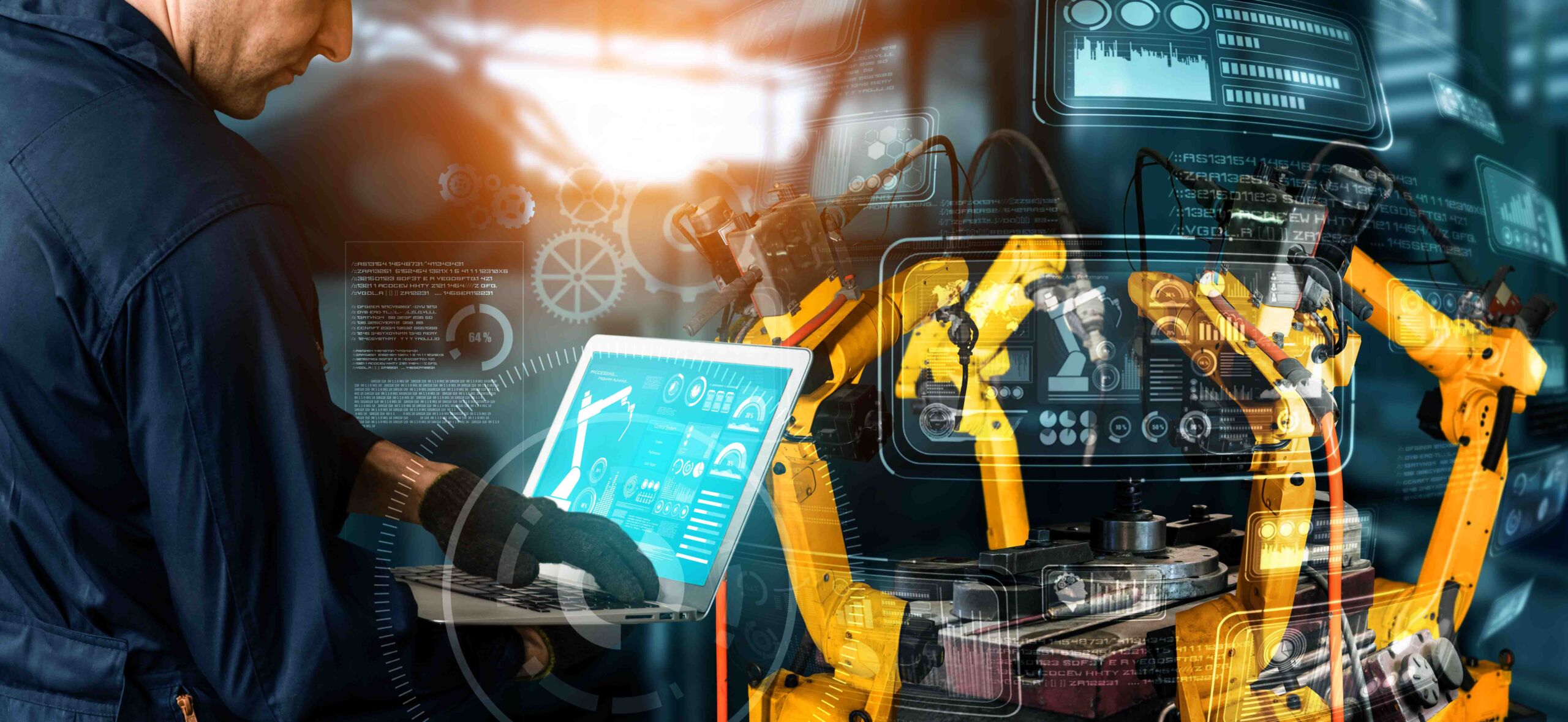
Firstly let’s get the elephant in the room out in the open! Nostalgia has no part to play in our digital future. What I mean by this is that old ways are just that, old! Digital gives teams a clear sight of what needs to be done in a business. These needs cannot be held back by old fashioned values of “if it’s not broke then don’t fix it”! The only way to become, and remain competitive, is to take a fresh eye view on operations.
There is no need to panic, as this is not an overnight solution. You need to plan, act and change. However, when I say plan you cannot afford to plan for so long that your business or operation processes become obsolete.
So let’s take a walk through the descriptions in relation to operational processes and build context around actual, rather than complete, visionary planning.
In the world of measurement and test, digital has been around a long time, offering greater accuracy and simplicity of process. But the digital demands that come with Industry 4.0 are weighty, and every area needs to adapt.
Understand what going on
Measurement and Test has been a core attribute to keeping a standard of accuracy and quality. The digital age demands the same sort of rigour to understanding your business, enabling effective transformation and increasing process adoption by understanding your complete product development life cycle.
Identify data requirements
When you build your process maps they give you the opportunity to see your data gaps. These gaps can give a great insight into failure modes, efficiency improvements and the technology implementation strategy.
Establish data capture storage and translation
Use the data to drive change, measure and test outputs, then make the data accessible through visualisation
Visualisation
This next step covers all outgoing data, making it simple to understand, interact and drill down into the detail. The visualisation plan should start to create an open, sharing culture and provide access to information that helps see a clear view across the business.
So, moving away from the vision to implementation and actual applications that are currently being used today in automotive, or are part of this transformation ideal.
Quality is driven through measurement and test! To make a difference the data feeds industry is looking for more monitoring, greater transparency and contextual live simulation. Simulation and virtual commissioning are growing in their effectiveness through greater virtualisation, more powerful computation, and a wider reach to stakeholders.
The chicken and egg scenario
Correlation is key to effective change from real to virtual. Trialling and testing the process physically is the only way to get the data required to trial and test virtually. One advantage that virtual provides, is the ability to change the parameter offered in tests that may not have been achievable in a real-world setting, especially in time-restricted processes. Real data feeds and the virtual test replaces the real event once the process has been measured and tested to remove uncertainty. The role of inspection, measurement and testing has widened to not only check the output of physical activities but also to supply the virtual simulation with the facts it needs in order to become credible.
In practice, Industry 4.0 is driving the industry to take a closer look at things, implementing sensors to capture data, introducing monitoring to search for efficiencies and driving a program of artificial intelligence to build up the unknown. Industry data capture is a company script for the future and, in adopting measurement and test, rigorous attention to detail is the pillar for change.
In process:
Sensors within active cells: The automotive industry is increasing this monitoring technique to deliver a clearer picture.
Virtual commissioning: The automotive industry uses this to double-check everything. However, they are beginning to transfer to simulation and less to physical test.
Production efficiencies: The automotive industry is using data to run multiple scenarios enabling safe and robust decision making.
Digital Twin
There are many versions for explaining the term digital twin, but in its simplest sense it’s a digital mirror of a physical process, part, product or system.
The automotive industry and many others are building their strategy around a digital twin mindset. This mindset will see more and more simulations that are generated in real time and can interact and react to actual physical events. Automotive has been proactive in creating digital twins of their products, but this digital age has shown that process is as important as the product – the modelling of the complete lifecycle is fundamental to your future. One cautionary note is that digital twin should not just be a mirror of operations, but an author of your operations, underpinned by quality measurement and test.
A pioneer for extended reality (XR) within the automotive industry for over 12 years Brian has 23 years experience in an industrial setting; changing the landscape of adoption through research and process change. Driving development, innovation and immersive visualisation to build in trust and reliability, Brian helps to create an environment that supports automotive products through their development cycle; design, engineering, manufacturing, marketing service and sale.
He defines strategic direction for visualisation, virtualisation and digitalisation in the manufacturing enterprise, creating scalable solutions that will evolve across the company ecosystem.
Warmest Regards
Brian
Brian Waterfield Consultancy Ltd.



